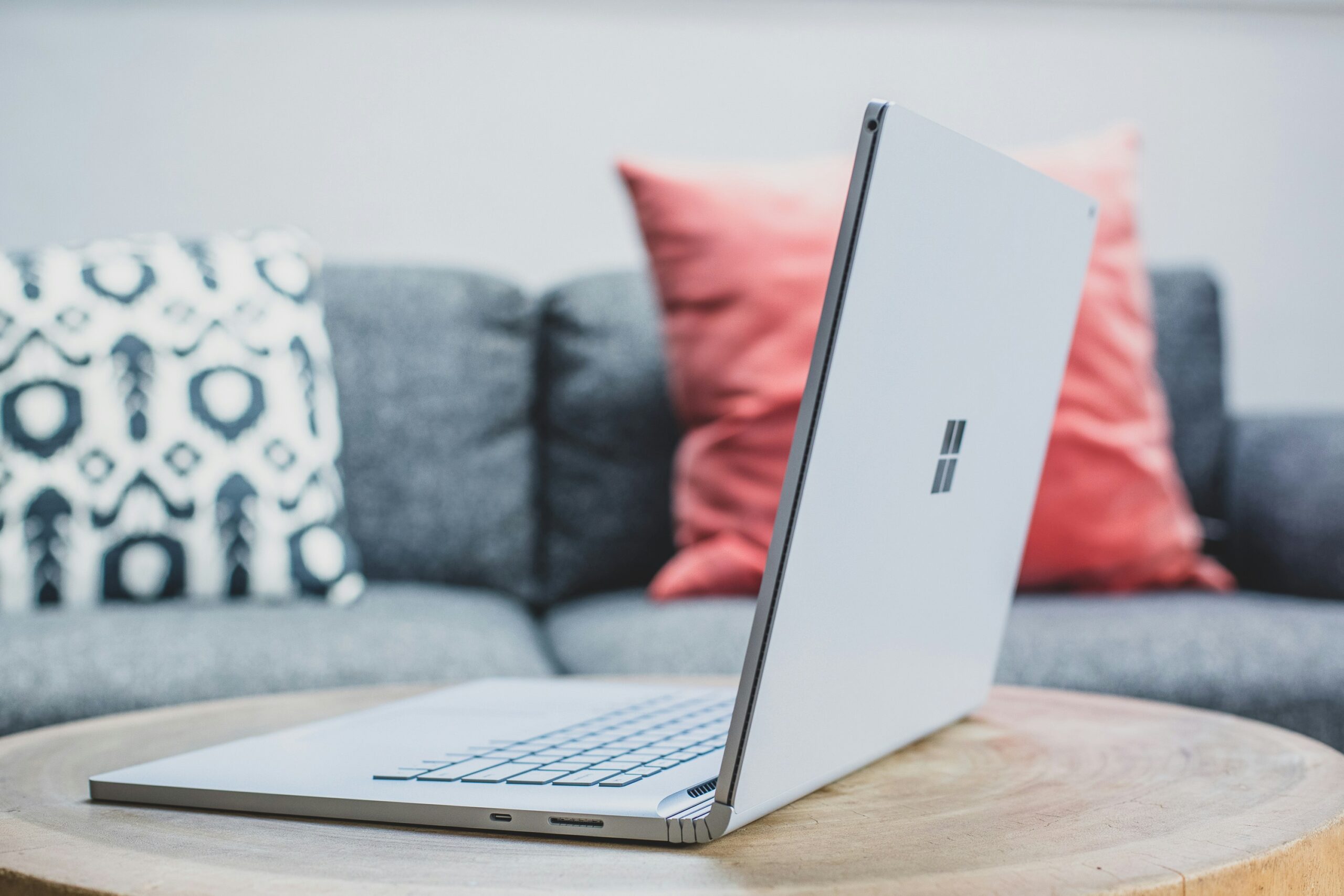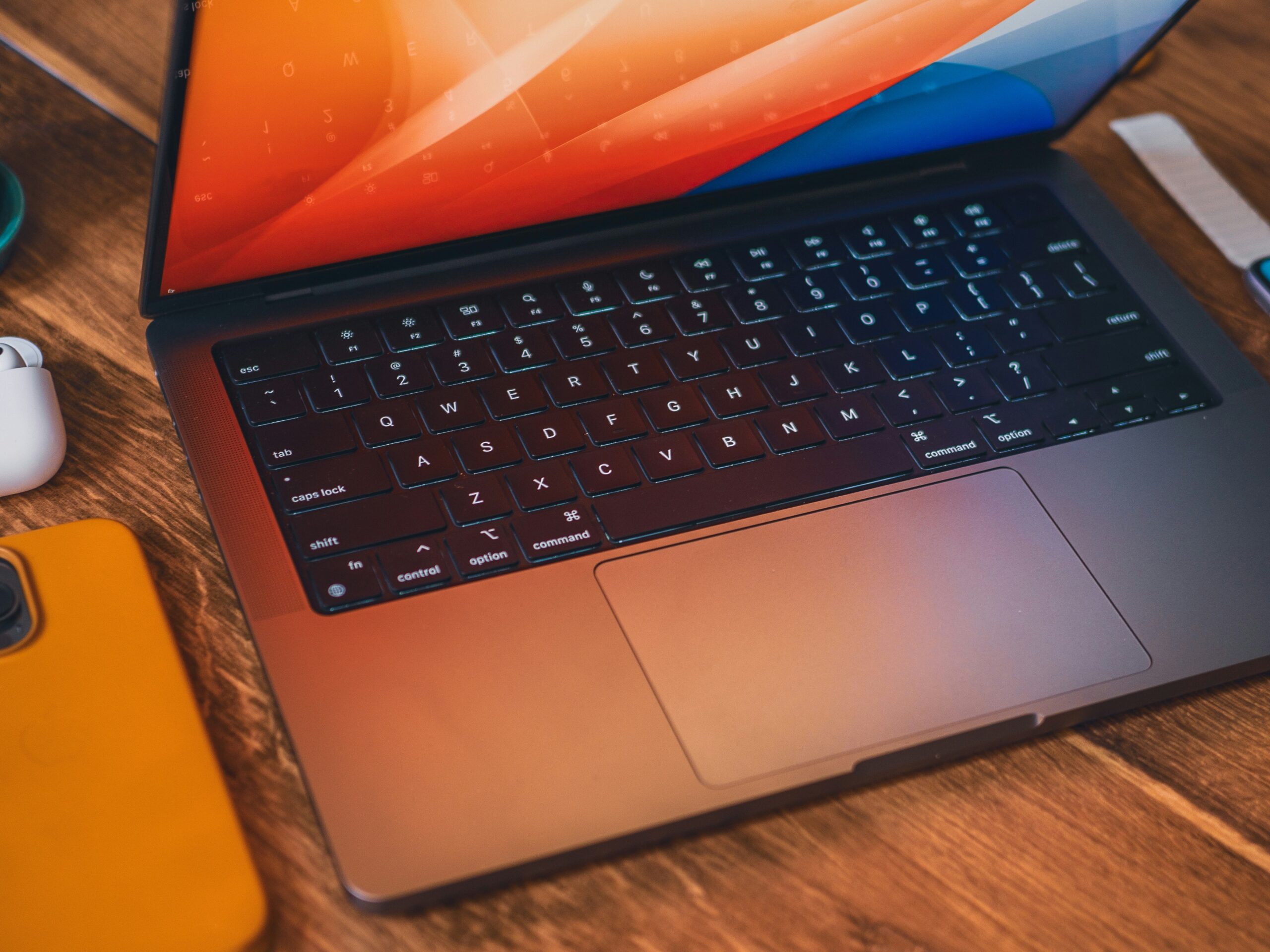
It was a chilly Monday morning when Sarah, a freelance graphic designer, sat down at her desk with a steaming cup of coffee, ready to tackle her workload. She pressed the power button on her shiny new Windows 11 laptop, expecting it to spring to life. But…
nothing.
Well, not nothing—the familiar spinning circle appeared, but it spun, and spun, and spun…
Ten minutes later, her desktop finally appeared. By then, her coffee had gone cold, and her motivation was halfway out the door. “Why is my Windows 11 boot time so slow?” she muttered in frustration.
If you’ve ever felt like Sarah—watching your computer crawl through startup as precious minutes tick away—you’re not alone. Windows 11 may be sleek and modern, but even new machines can suffer from slow boot times. The good news? You don’t have to be a tech wizard to fix it.
In this blog post, we’ll not only explain how to fix a slow boot time in Windows 11 but make the journey fun and easy. Whether you’re a casual user or a tech enthusiast, stick around—we’ve got solutions that work.
Why Is My Windows 11 Booting So Slowly?
Before jumping into fixes, let’s look at what could be slowing things down:
✅ Too many startup programs — Like a crowded highway, too many apps trying to launch at startup can clog the boot process.
✅ Outdated drivers — Hardware drivers act like interpreters between your devices and Windows. If they’re old or buggy, your system might lag.
✅ Background processes — Some sneaky background apps consume system resources even before you log in.
✅ Fast Startup issues — Ironically, Windows 11’s Fast Startup feature can sometimes cause… slower startups. Go figure!
✅ Hard drive vs. SSD — If you’re still using a traditional hard drive, boot times will naturally lag compared to a speedy SSD.
✅ Windows updates pending — Sometimes Windows needs to complete updates during startup, making it feel painfully slow.
10 Proven Ways to Fix a Slow Boot Time in Windows 11
Let’s get to the good stuff. Below are practical, step-by-step solutions to speed up your Windows 11 boot time.
Each step includes why it works—because knowing the why makes fixing the how so much more satisfying.
- Disable Unnecessary Startup Programs
Sarah’s first step? Checking which programs were sneakily launching at boot. Here’s how she did it:
- Press Ctrl + Shift + Esc to open Task Manager.
- Click the Startup tab.
- Right-click any program you don’t need at startup → choose Disable.
👉 Pro tip: Leave essentials like antivirus enabled, but disable apps like Spotify, Adobe Updater, or Discord if you don’t need them instantly.

Why it helps: Fewer apps fighting for resources = faster startup.
- Turn Off Fast Startup (Yes, Really!)
It sounds counterintuitive, but Fast Startup can cause issues on some systems. Here’s how to disable it:
- Open Control Panel → Power Options → Choose what the power buttons do.
- Click Change settings that are currently unavailable.
- Uncheck Turn on fast startup (recommended) → Save changes.
Test if this improves your boot time—if not, you can re-enable it.
- Update Windows 11 and Drivers
Outdated drivers were slowing Sarah’s graphics card, adding invisible seconds to startup.
✅ Check Windows Update:
Go to Settings → Windows Update → Check for updates.
✅ Update drivers manually or automatically:
Use Device Manager to update specific drivers, or download tools like Intel Driver & Support Assistant or NVIDIA GeForce Experience.
- Clean Up Your Disk
Imagine trying to find your keys in a cluttered room—that’s what Windows feels like with a bloated hard drive.
- Type Disk Cleanup in the Start menu → open it.
- Select C: drive → OK.
- Check files like Temporary files, Recycle Bin, Thumbnails → OK → Delete Files.
Sarah freed up 10 GB this way, making a noticeable difference.
- Scan for Malware
Malware can secretly hijack your system and slow down boot. Run a full scan:
✅ Use Windows Security → Virus & Threat Protection → Quick scan or Full scan.
Or opt for a reputable third-party scanner like Malwarebytes for deeper cleaning.
- Switch to an SSD (If You Haven’t Yet)
If your PC still runs on a traditional HDD, upgrading to an SSD is like trading a bicycle for a sports car.
Sarah swapped hers and saw boot times drop from 4 minutes to under 20 seconds.
👉 Bonus: SSD upgrades have become affordable, and cloning your old drive is easier than you think.
- Check for BIOS/UEFI Updates
BIOS updates can optimize how your motherboard handles hardware, improving boot speed.
⚠️ Warning: Updating BIOS isn’t for the faint of heart—follow your manufacturer’s instructions carefully.

Visit your PC or motherboard manufacturer’s website, find your model, and see if updates are available.
- Disable GUI Boot (Advanced Users)
Want to shave off a few seconds? Disable the Windows splash screen:
- Press Windows + R → type msconfig → Enter.
- Go to the Boot tab.
- Check No GUI boot → Apply → OK.
You won’t see the logo on boot, but startup may be faster.
- Optimize Startup Apps via Settings
Windows 11 offers another way to manage startup apps:
- Go to Settings → Apps → Startup.
- Toggle off unnecessary apps.
This setting complements Task Manager’s Startup tab—check both for sneaky culprits.
- Reset Your PC (As a Last Resort)

If nothing works, consider resetting Windows:
- Go to Settings → System → Recovery → Reset this PC.
- Choose Keep my files or Remove everything.
Sarah didn’t need this step, but it’s a surefire way to remove deep-rooted issues.
Bonus Tips: Keep Windows 11 Running Smoothly
✅ Avoid installing too many apps you don’t use.
✅ Reboot occasionally to clear memory leaks.
✅ Use sleep mode instead of shutdown if you need quicker access.
✅ Don’t skip updates—they often include performance fixes.
Wrapping Up: Take Back Control of Your Boot Time
When Sarah tried these fixes, she messaged me:
“I went from 10 minutes to under 30 seconds! I didn’t realize how much junk was clogging up my startup.”
The moral of her story? You don’t have to live with slow boot times. By following these tips, you can fix slow boot time in Windows 11 and reclaim your productivity—and sanity.
Next time you power on your PC, grab your coffee after you hit the power button. You’ll barely have time to sip before Windows is ready to go.
Have you tried any of these solutions? Which one worked best for you? Share your experience in the comments below—we’d love to hear your success story!
image credit : unsplash.com


